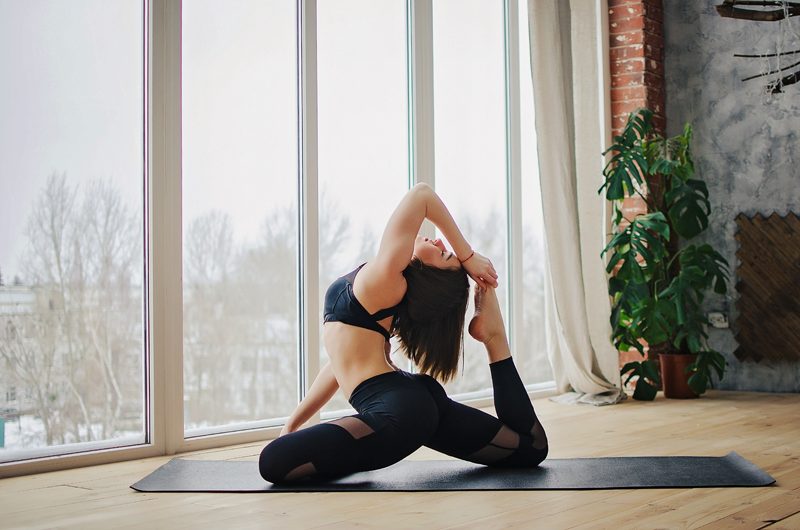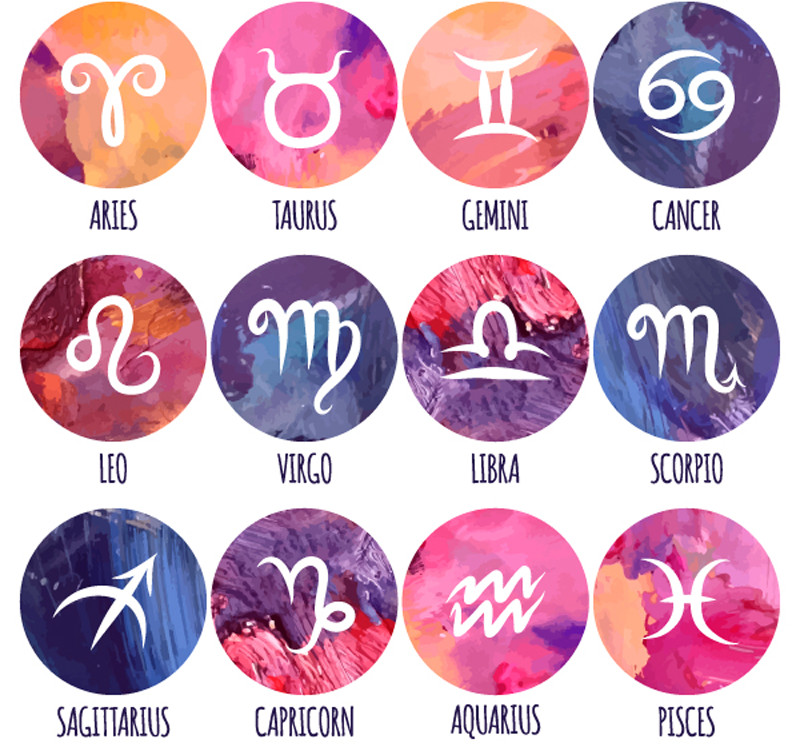
What is Jnana Yoga?
January 31, 2019
What is Dharana in yoga?
February 14, 2019Free Your Fascia

If you’re a regular yoga goer, you’ll understand just how great the holistic practice is. The therapy can heal pre-existing health conditions, prevent the onset of new ones, and just keep you feeling happy and healthy. In addition to healing the internal organs, yoga can benefit the fascia too. Essentially, fascia is the tissue that holds your body together. For optimal health, free-moving, hydrated fascia is essential. In this article, we explore how yoga can free your fascia. If you’re interested in finding out more, keep reading before you hit the yoga mat.
What is Fascia?
Fascia is the connective tissue in between your organs, muscles, and bones. Once upon a time, it was referred to as merely the “stuffing” in the body and was often discarded during surgery as it was deemed unnecessary. Today, fascia is a science of great interest, particularly amongst movement therapists, hands-on body workers, and yoga therapists.
Essentially, fascia is used the hold everything in the body together. It’s found throughout the body, including under the surface of the skin (superficial fascia), around the organs (visceral fascia), and around the muscle fibers, fascicles, and the muscles themselves (deep fascia). Not only is fascia used to glue everything into place, but it is also packed with sensory receptors to inform the brain of pain, temperature changes, pressure changes, and the movement of the body in space and time. Once informed, the tissue can then respond by relaxing, contracting, or changing its composition accordingly. This process is known as fascia remodeling.
Fascia is used to connect the bones to bones, muscles to bones, and hold the internal organs together. In the past, it was believed that without muscles, tendons, and ligaments, the human body would just be a pile of bones; however, the developed knowledge of fascia has shown us that this is not the case. Today, it’s taught that without fascia the human body would instead be a pile of bones, tendons, muscles, and ligaments. New research suggests that eventually, bones become ligaments to become other bones, and muscles become tendons that turn into bones. Essentially, muscles, bones, ligaments, and tendons are all different consistencies of the stratum of the fascia.
To understand fascia, think of an orange. When peeled, you’ll see a white coating under the skin and around each section of the fruit. Essentially, this coating is the film the surrounding everything in the orange, including the sections, pips, and individual pulps. This coating is similar to the fascia in the human body.

How to Hydrate Your Fascia
All the connective tissue in the body is made up of collagen, elastin and a ground substance. Collagen fibers are structural proteins that give the tissue its strength. Elastin fibers are groups of proteins that give the tissue its flexibility. Tendons have more elastin than ligaments and bones have more collagen than cartilage; Fascia has more ground substance than them both.
Ground substance can be explained as a gluelike substance that supports and supplies nutrition to the connecting tissue. The exact composition of the ground substance can vary. In fascia, it contains roughly 70% water due to macromolecules that connect water and glycoproteins together. Water is drawn into the tissue by a substance known as GAG. A commonly known GAG is Hyaluronic Acid which draws water into the fascia and keeps it hydrated.
For the fascia to stay hydrated, it’s vital that the binding sites for water are not obstructed. To ensure there is freedom to the area, the body must be moved in multidimensional ways. This can be achieved in a number of different ways, including low-intensity exercise like yoga. In addition to hydrating the fascia, multidimensional movement helps the ground substance to do its other jobs. The other jobs include bringing nutrients to the tissue and cleansing it from debris.
Through yoga, we can use asanas to move the body in a number of different ways. Known as “combination moves”, these postures move the body in a number of different directions at one time. For this purpose, Virabhadrasana 2 is one of the most popular poses. In this posture, you will find yourself in all three planes of movement: coronal, transverse, and sagittal.
Vinyasa flow is one of the best styles to free your fascia. The dynamic and rhythmic nature of the practice is perfect for moving the body in multidimensional ways. In addition to your regular sequence, try adding bouncing or shaking to your routine to enhance the benefits.
How to Free Your Fascia
When we repeat the same yoga poses too many times, habitual patterns can occur. In some cases, these patterns can leave certain muscles tight and locked-short or tight and locked-long. Research has shown that our skeletal muscles are connected with large areas of fascia. These are often referred to as fascia meridians. If one muscle in a particular meridian is affected, all the others in that meridian can be affected too. A great analogy for this is when you catch an area in a pair of tights. If you keep pulling, the ladder keeps getting bigger as everything gets drawn in the direction of the pull. When a muscle is a fascia meridian is tight, all the other muscles around it become tight too. Thankfully, this tension can be released through longer-held Hatha yoga postures. When held for an extended duration, these asanas can help to release the tension.
In Summary
For a healthy body and mind, practice yoga regularly to free your fascia. For best results, wear a non-restrictive pair of yoga shorts and a lightweight top. This choice of clothing will allow your fascia to move freely and keep you comfortable throughout the session.

